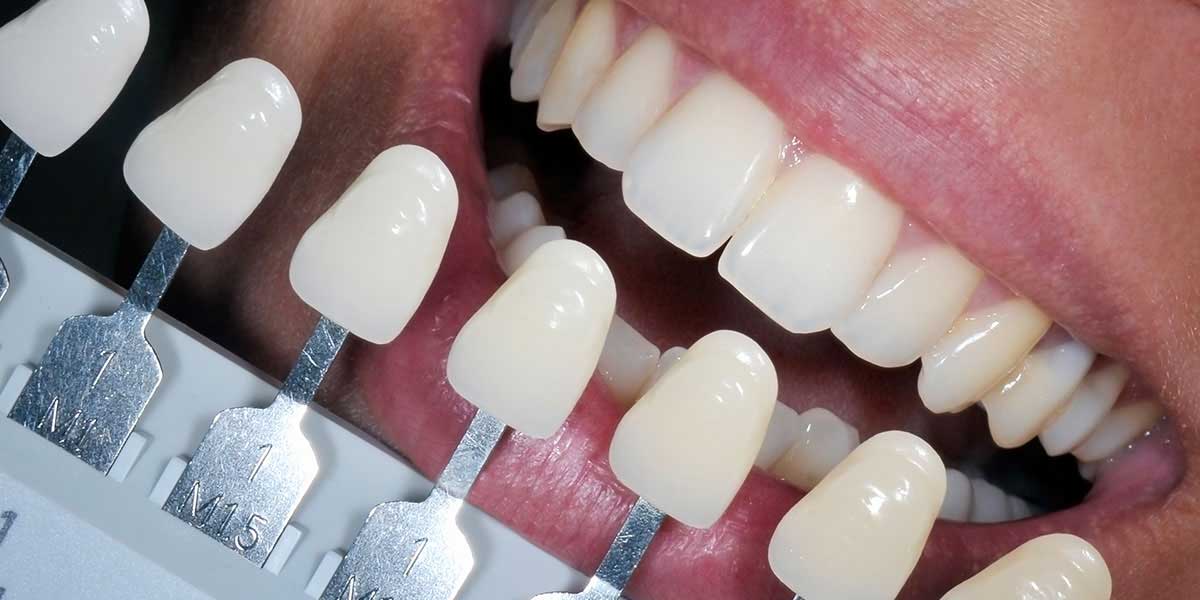Dental Fillings (Restorations)

Identifying and addressing cavities early can prevent the need for more complex and costly dental procedures.
When tooth decay impairs the integrity of a tooth, the cavity must be removed, and the void filled with a material that is safe, durable, and aesthetically pleasing. Additionally, fillings may be used to repair and restore worn teeth and broken or cracked teeth. All current dental filling materials are considered safe and approved by the Food and Drug Administration.
Preparation for a dental filling
During Dr Trombetta’s exam, she will examine your teeth by using an instrument called an “explorer“ to look for cavities. She will also take digital radiographs to identify decay that may not be visible with the naked eye, and to see the extent of each cavity. If she finds and diagnoses cavities, she will then discuss options to fix the teeth, the materials she recommends using, as well as take the time to answer all of your questions. An additional appointment will then be scheduled to complete the recommended work.
During your treatment appointment, she will numb each area that needs treatment with a local anesthetic. She will carefully remove all decay from the tooth and then artistically fill the tooth with the appropriate material and matching shade. The filling is shaped to look like your natural tooth and then polished to remove any rough areas. She will also check your bite with blue tracing paper after the restoration is complete to ensure it does not alter your bite, and adjust the new restoration as needed.
Types of dental fillings
Dental Amalgams
Amalgams are a mixture of metals often referred to as “silver fillings”. Amalgams contain mercury and for that reason are no longer a favorite choice for most dental fillings. Dr Trombetta does not use or recommend any mercury amalgam fillings in her office.
Composite resin fillings
Composite fillings are the most common alternative to amalgams. They are also more aesthetically pleasing, being "tooth colored". Composite materials are made of an acrylic resin reinforced with powered glass filler. They are safe and can be color matched with the surrounding teeth. The advantages of composite resin fillers are the ability to match the color of surrounding teeth and their high strength component. Composite fillings are a conservative treatment option because they only require a minimal amount of tooth structure to be removed for placement of the restoration.
Glass Ionomer Cement fillings
Glass Ionomer fillings are made of resins and glass filler that release fluoride over time. They are also tooth colored. Glass ionomer fillings are primarily used for small restorations and are self-curing. They are not as durable as amalgam and are not suitable for large restorations.
Inlays and Onlays
Other types of dental fillings include porcelain or cast gold inlays and onlays. Inlays and onlays are made in a dental lab and cemented into a tooth prepared to receive it. An onlay covers the tooth cusps, and the chewing surface. An inlay does not cover the tooth cusps. If you are to receive either of these, you will receive a temporary filling while waiting for the lab to create the inlay or onlay.
Tooth sensitivity is common after tooth preparation and filling. It should subside within a few weeks. Contact Dr. Trombetta if your tooth is sensitive longer than a week or two.
References
- https://www.fda.gov/medical-devices/dental-amalgam-fillings/treatment-options-dental-caries
- https://newsnetwork.mayoclinic.org/discussion/amalgam-is-a-safe-and-durable-choice-for-fillings/
- https://www.fda.gov/medical-devices/safety-communications/recommendations-about-use-dental-amalgam-certain-high-risk-populations-fda-safety-communication
- https://www.ada.org/en/publications/ada-news/2020-archive/september/ada-reaffirms-that-dental-amalgam-is-durable-safe-effective-restorative-material
